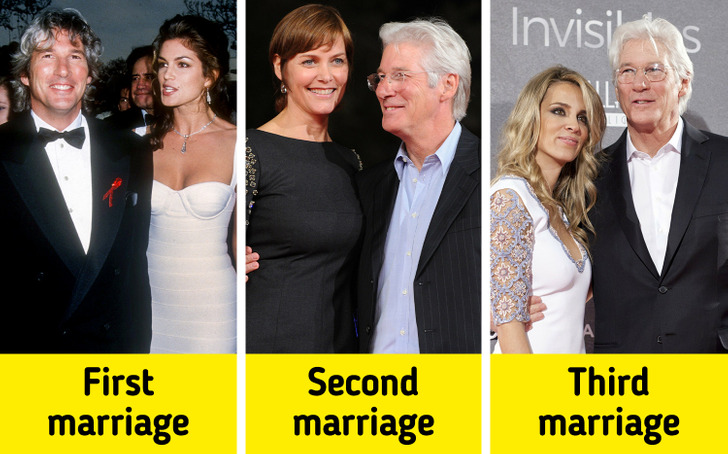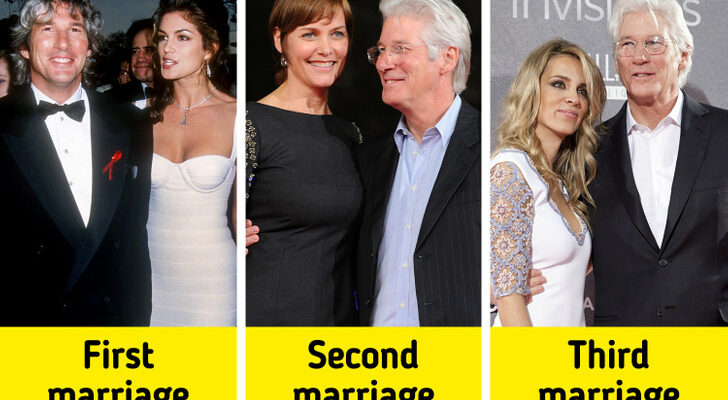The Biggest Difference Between First, Second, and Third Marriages
Marriage is a journey that evolves with experience, personal growth, and lessons learned from previous relationships. The dynamics of first, second, and third marriages differ significantly, shaped by emotional maturity, expectations, and the wisdom gained from past experiences. Understanding these differences can help individuals navigate relationships more effectively and build stronger, lasting unions.

First Marriages: The Idealistic Union
First marriages are often fueled by romance, youthful optimism, and idealistic expectations about love. People enter their first marriage with a sense of excitement, believing in the fairytale notion of “happily ever after.” Many couples in their first marriage have little to no prior experience in long-term commitment, making them more susceptible to unrealistic expectations.
Conflicts in first marriages often stem from issues such as financial stress, career growth, and learning to navigate life as a team. Many first-time spouses struggle with communication, compromise, and balancing their individual identities within the marriage. This is why first marriages statistically have the highest divorce rates, as couples may not yet possess the tools to resolve deeper relationship challenges.
Second Marriages: The Practical Partnership
By the time people enter their second marriage, they often have a clearer understanding of what they want in a partner. Lessons from the first marriage—whether about communication, financial responsibility, or personal boundaries—help individuals approach their second union with a more realistic mindset.
Second marriages tend to be more pragmatic than idealistic. Couples may have children from previous relationships, requiring them to navigate blended family dynamics. Finances, assets, and co-parenting arrangements often play a more significant role in second marriages, making them more complex. However, because second-marriage partners are typically more aware of their past mistakes, they may be more willing to work through conflicts and prioritize emotional stability.
Despite these advantages, second marriages still face challenges. Baggage from the past—whether emotional wounds, trust issues, or unresolved conflicts with ex-spouses—can create obstacles. However, those who successfully learn from their first marriage are more likely to foster healthier relationships the second time around.

Third Marriages: The Wisdom-Driven Bond
By the time individuals enter their third marriage, they often possess a deep understanding of themselves and their relationship needs. Third marriages tend to be driven by emotional maturity, self-awareness, and a focus on companionship over societal expectations.
Unlike first marriages, which are based on idealism, and second marriages, which are built on lessons from the past, third marriages prioritize inner peace and personal fulfillment. Many couples in third marriages have experienced significant personal growth and have a clearer sense of what makes a relationship thrive. They are more selective about choosing a partner and are less likely to tolerate unhealthy dynamics.
That said, third marriages also come with their own set of challenges, such as managing expectations from previous relationships, financial considerations, and maintaining independence while fostering emotional intimacy. However, because third-time spouses tend to be more patient and accepting, these marriages often have the highest success rates.

Conclusion
The biggest difference between first, second, and third marriages is the level of experience, emotional growth, and personal understanding individuals bring to the relationship. While first marriages are often based on romance and optimism, second marriages are shaped by lessons from the past. Third marriages, in contrast, prioritize wisdom, emotional security, and a deep sense of companionship. Regardless of the stage, the key to a successful marriage lies in communication, self-awareness, and a willingness to grow together.



